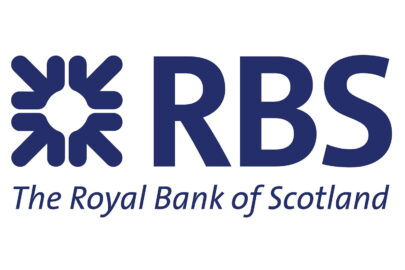Three banks were found by the Bank of England to have capital inadequacies following the latest stress tests.
The board of the Prudential Regulatory Authority (PRA) judged that The Royal Bank of Scotland Group (RBS) did not meet its common equity Tier 1 (CET1) capital or Tier 1 leverage hurdle rates before additional Tier 1 (AT1) conversion in this scenario. After AT1 conversion, it did not meet its CET1 systemic reference point or Tier 1 leverage ratio hurdle rate. Based on RBS’s own assessment of its resilience identified during the stress-testing process, RBS has already updated its capital plan to incorporate further capital strengthening actions and this revised plan has been accepted by the PRA Board. The PRA will continue to monitor RBS’s progress against its revised capital plan.
Barclays did not meet its CET1 systemic reference point before AT1 conversion in this scenario. In light of the steps that Barclays had already announced to strengthen its capital position, the PRA Board did not require Barclays to submit a revised capital plan. While these steps are being executed, its AT1 capital provides some additional resilience to very severe shocks.
Standard Chartered met all of its hurdle rates and systemic reference points in this scenario. However, it did not meet its Tier 1 minimum capital requirement (including Pillar 2A). In light of the steps that Standard Chartered is already taking to strengthen its capital position, including the AT1 it has issued during 2016, the PRA Board did not require Standard Chartered to submit a revised capital plan.
The test did not reveal capital inadequacies for four out of the seven participating banks, based on their balance sheets at the end of 2015 (HSBC, Lloyds Banking Group, Nationwide Building Society and Santander UK).
RBS said it intends to execute an array of capital management actions to supplement the organic capital generation from its core franchises and further improve its stress resilience, including: further decreasing the cost base of the bank; further reductions in RWAs across the bank; further run-down and sale of other non-core loan portfolios in relation to its personal and commercial franchises; reduction in certain non-core commercial portfolios in Commercial Banking; and the proactive management of undrawn facilities in 2017.
The bank, which is 73% owned by the taxpayer, has plans to boost its capital by around £2bn. RBS expects its revised capital plan to address the shortfall identified in today’s stress test results. However, additional management actions may be required until RBS’s balance sheet is sufficiently resilient to stressed scenarios.
Ewen Stevenson, RBS’s chief financial officer, said: “We are committed to creating a stronger, simpler and safer bank for our customers and shareholders. We have taken further important steps in 2016 to enhance our capital strength, but we recognise that we have more to do to restore the bank’s stress resilience including resolving outstanding legacy issues.”
